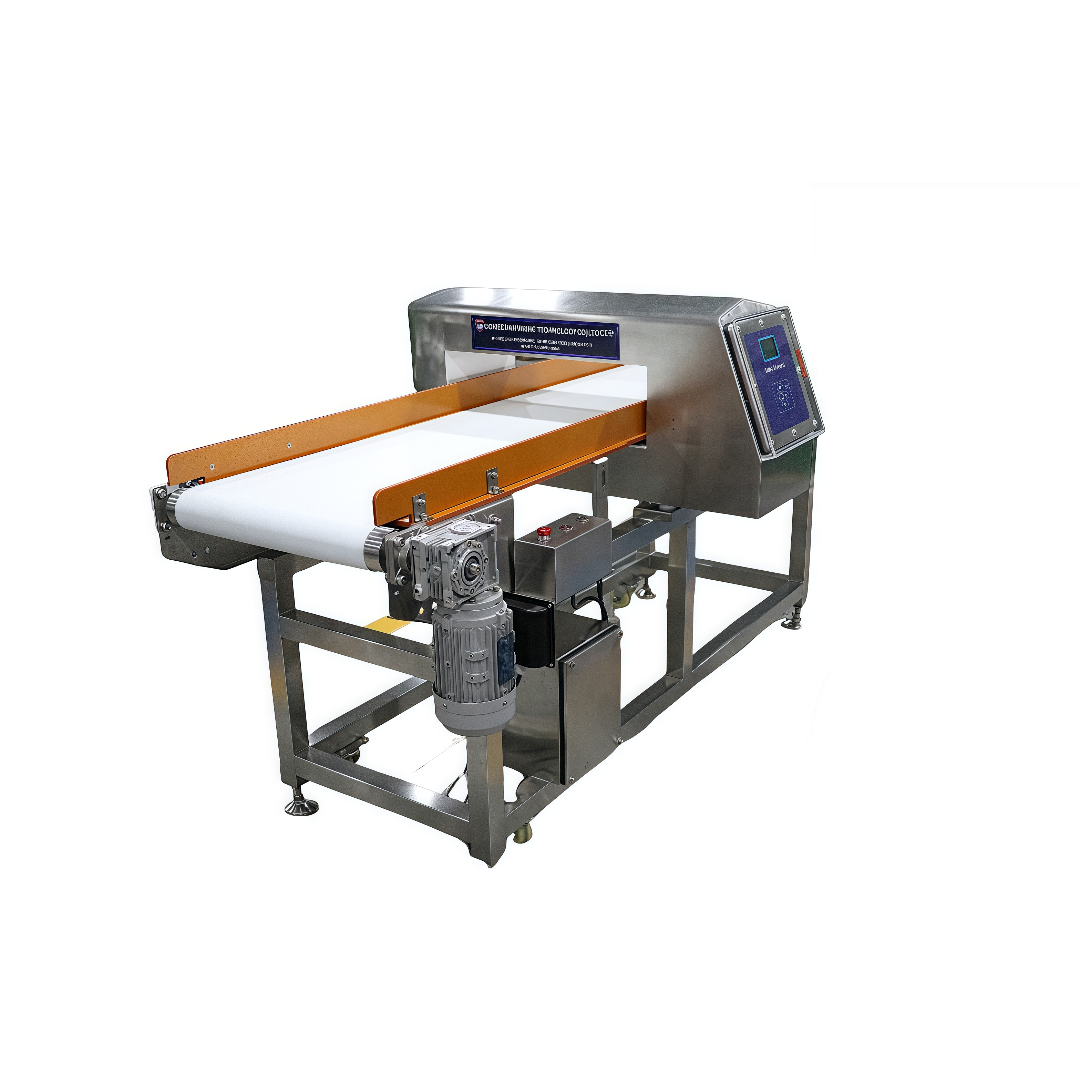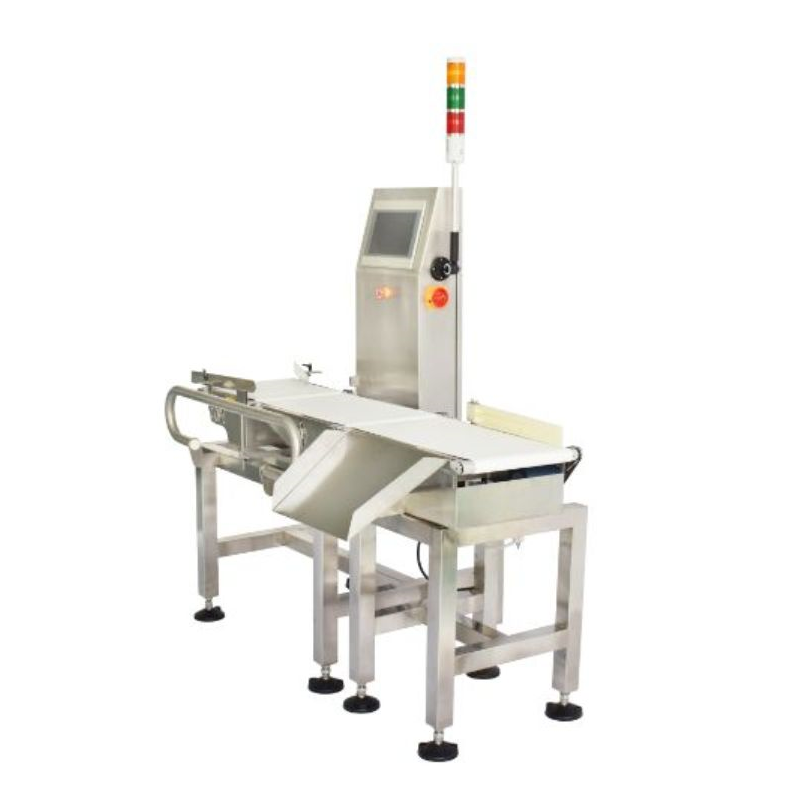detector in fresh food industry
In the fresh food industry, metal detectors play a crucial role in ensuring the safety and quality of products by identifying and preventing potential hazards associated with metal contamination. Fresh foods, including fruits, vegetables, meats, and seafood, are particularly susceptible to contamination risks during various stages of production and processing. Here's an overview of the key considerations and the role of metal detectors in the fresh food industry:
## I. Importance of Metal Detectors in the Fresh Food Industry:
### A. **Hazard Identification:**
1. **Metal Contamination Sources:** Metal contaminants can enter the production process from various sources, including processing equipment, packaging materials, and even the environment.
2. **Risk Assessment:** Evaluating the risk of metal contamination during different stages, from harvesting and processing to packaging and distribution.
### B. **Quality Assurance:**
1. **Consumer Safety:** Ensuring that fresh food products are free from metal contaminants, safeguarding consumer health and well-being.
2. **Product Quality:** Maintaining the quality and integrity of fresh foods by preventing damage caused by metal particles.
## II. Role of Metal Detectors:
### A. **Detection Sensitivity:**
1. **Critical Limits:** Establishing critical limits for metal detection sensitivity to detect and reject metal contaminants, including ferrous, non-ferrous, and stainless steel.
2. **Adjustable Settings:** Configuring metal detectors to match the specific requirements of different fresh food products.
### B. **Monitoring and Inspection:**
1. **Real-Time Monitoring:** Implementing metal detectors at strategic points in the production line for continuous monitoring.
2. **Automated Systems:** Utilizing automated metal detection systems for efficient and consistent inspection.
### C. **Routine Checks and Maintenance:**
1. **Daily Inspections:** Conducting routine checks and inspections of metal detectors to ensure proper functioning.
2. **Calibration:** Regular calibration to maintain accuracy and reliability.
## III. Implementation Considerations:
### A. **Integration with Production Line:**
1. **Strategic Placement:** Installing metal detectors at critical points, such as after washing, cutting, or packaging, to ensure comprehensive inspection.
2. **Conveyor Systems:** Integrating metal detectors with conveyor systems for seamless and continuous inspection.
### B. **Product Handling:**
1. **Gentle Handling:** Designing the production line to handle fresh foods gently to avoid damage during the metal detection process.
2. **Minimizing Contamination Risks:** Implementing measures to minimize the risk of introducing metal contaminants during processing.
### C. **Product Characteristics:**
1. **Variable Sizes and Shapes:** Adapting metal detectors to handle fresh foods of varying sizes, shapes, and textures.
2. **Moisture Content:** Considering the moisture content of fresh foods and choosing metal detectors suitable for the specific environmental conditions.
## IV. Verification and Record Keeping:
### A. **Periodic Testing:**
1. **Sample Testing:** Periodically testing product samples to verify the effectiveness of metal detection systems.
2. **Challenge Testing:** Intentionally introducing metal test pieces during production to confirm reliable detection.
### B. **Record Keeping:**
1. **Documentation:** Maintaining detailed records of metal detector performance, including calibration logs, inspection results, and any corrective actions taken.
2. **Traceability:** Recording information that allows for traceability of products in case of a metal contamination incident.
## V. Employee Training:
### A. **Operating Procedures:**
1. **Training Programs:** Providing comprehensive training to employees on the proper use and operation of metal detectors.
2. **Response Protocols:** Ensuring that employees are familiar with response protocols in case of metal detection alerts.
## VI. Continuous Improvement:
### A. **Root Cause Analysis:**
1. **Investigation Protocols:** Establishing procedures for investigating the root causes of metal contamination incidents.
2. **Corrective Actions:** Implementing corrective actions to address identified issues and prevent future occurrences.
## VII. Integration with Other Quality Control Measures:
1. **Comprehensive Quality Control:** Integrating metal detection as part of a broader quality control program that may include visual inspections, temperature monitoring, and other relevant measures.
## VIII. Compliance with Industry Standards:
1. **Regulatory Requirements:** Ensuring that metal detection processes comply with relevant food safety regulations and industry standards.
In conclusion, metal detectors are integral to the fresh food industry, serving as a critical control point to detect and prevent metal contamination. Through strategic implementation, continuous monitoring, and a commitment to quality control, manufacturers can enhance the safety and quality of fresh food products for consumers.



